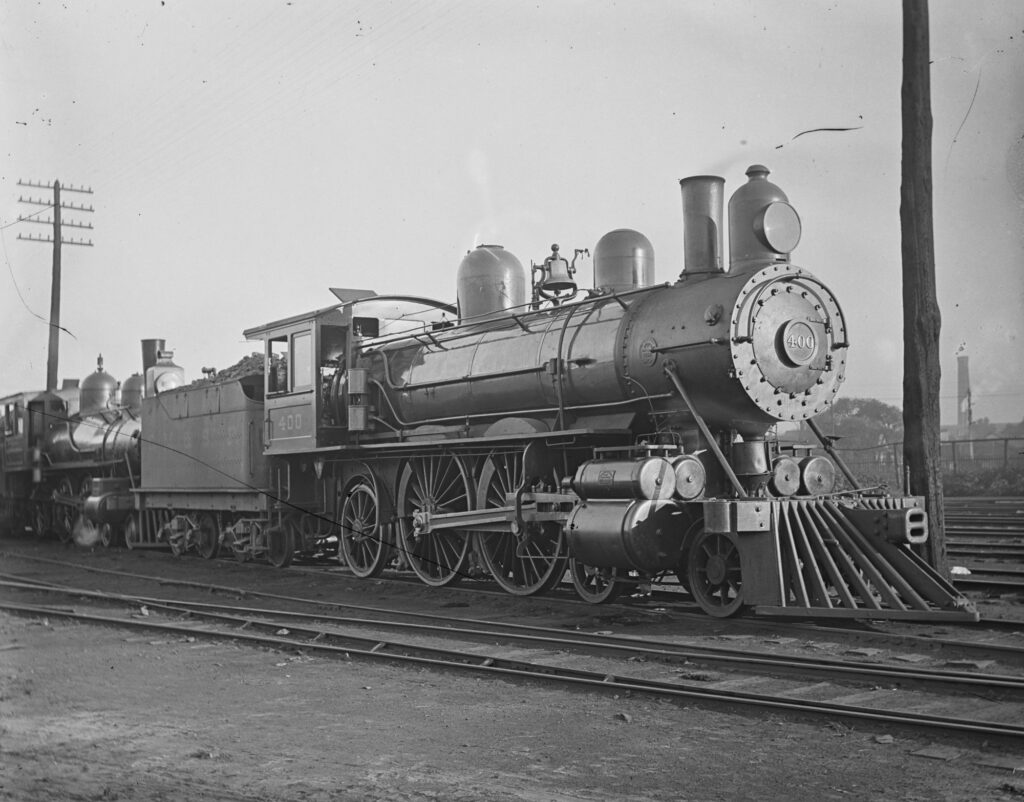
The rhythmic chugging of a train traversing the tracks is a familiar sound in many parts of the world. However, this seemingly peaceful journey can pose a significant risk to animals sharing the same space. To mitigate these dangers, trains are equipped with a safety device known as a cowcatcher. This metal structure, positioned at the front of the locomotive, aims to deflect obstacles from the tracks, ensuring the safe passage of the train. While its primary function is to protect the train and its passengers, the impact of a cowcatcher on animals like cows raises ethical concerns and necessitates a closer look at its effectiveness and potential consequences.
This article delves into the intricacies of cowcatchers, exploring their design, purpose, and impact on both train safety and animal welfare. We will examine the mechanisms behind their operation, analyze the benefits they provide in preventing collisions, and discuss the force generated during an encounter with large animals like cows. Furthermore, we will explore various strategies employed to minimize the negative impact of cowcatchers on wildlife and promote safer coexistence between trains and animals.
Cowcatcher Function
A cowcatcher, also known as a pilot device, is a robust metal structure typically mounted at the front of a locomotive. Its design consists of a pair of angled beams extending outwards from the engine’s nose, resembling a large plow. These beams are designed to deflect objects such as rocks, debris, and animals that may venture onto the tracks. When an obstacle comes into contact with the cowcatcher, the force is redirected upwards and sideways, preventing it from being directly struck by the train.
The angled design of the beams allows for efficient deflection, minimizing the risk of the object becoming lodged beneath the train or causing damage to its undercarriage. Additionally, some cowcatchers incorporate a vertical bar at the front, further enhancing their ability to clear obstacles and prevent them from rolling underneath the train. The effectiveness of a cowcatcher depends on factors such as its size, weight, and angle of inclination, which are tailored to the specific type of train and operating environment.
Train Safety Benefits

Cowcatchers play a crucial role in ensuring the safety of trains and their passengers by preventing collisions with obstacles on the tracks. By deflecting objects like rocks, branches, and animals, they protect the train’s engine and undercarriage from damage, reducing the risk of derailment or mechanical failure. In cases where an object cannot be completely deflected, the cowcatcher absorbs some of the impact force, minimizing the severity of potential damage to the train.
Furthermore, cowcatchers contribute to passenger safety by preventing debris from being thrown into the windows or compartments of the train. This is particularly important in high-speed rail operations, where even small objects can cause significant harm at elevated speeds. The presence of a cowcatcher provides an additional layer of protection for passengers, ensuring a safer and more comfortable journey.
Animal Impact
While cowcatchers are designed to protect trains, their impact on animals can be significant. Large animals like cows, horses, and deer that venture onto the tracks may come into contact with the cowcatcher, resulting in injuries or fatalities. The force of the impact can cause broken bones, internal bleeding, and head trauma, leading to severe consequences for the animal.
The design of the cowcatcher itself contributes to this risk. Its angled beams are intended to deflect objects, but they can also trap animals, causing them to be dragged along the tracks or thrown into dangerous positions. Additionally, the noise and vibration generated by approaching trains can startle animals, leading them to panic and run onto the tracks, increasing their vulnerability to collision with the cowcatcher.
Collision Force

The force generated during a collision between a train and a cowcatcher is substantial. The weight of the train, its speed, and the angle of impact all contribute to the overall force exerted. A typical freight train can weigh hundreds of tons, while passenger trains can reach even greater weights. At high speeds, the kinetic energy possessed by the train is immense, translating into significant impact force upon collision with an obstacle.
The cowcatcher itself absorbs some of this force, but a large animal like a cow can still sustain severe injuries from the impact. The force can cause internal damage, broken bones, and head trauma, leading to potentially fatal consequences for the animal. The severity of the impact also depends on the specific design of the cowcatcher and the size and weight of the animal involved.
Prevention Strategies
Recognizing the potential harm caused by cowcatchers to animals, various strategies are being implemented to minimize their negative impact. One approach involves modifying the design of cowcatchers to reduce the risk of trapping or injuring animals. This can include incorporating rounded edges, adjustable height settings, and safety features that allow for animal passage.
Another strategy focuses on educating the public about the dangers of animals venturing onto train tracks. Awareness campaigns aim to inform people about the importance of keeping livestock away from railway lines and promoting responsible pet ownership practices. Additionally, implementing fencing and wildlife crossings can help guide animals away from tracks, reducing the likelihood of encounters with trains and cowcatchers.
Conclusion
Cowcatchers play a vital role in ensuring train safety by preventing collisions with obstacles on the tracks. However, their impact on animals, particularly large ones like cows, raises ethical concerns and necessitates careful consideration. While they are designed to deflect objects, the force generated during an encounter can cause significant injuries or fatalities to animals.
By implementing design modifications, raising public awareness, and creating safer environments for wildlife, we can strive to minimize the negative impact of cowcatchers on animal populations while maintaining the crucial safety benefits they provide for trains and passengers.
